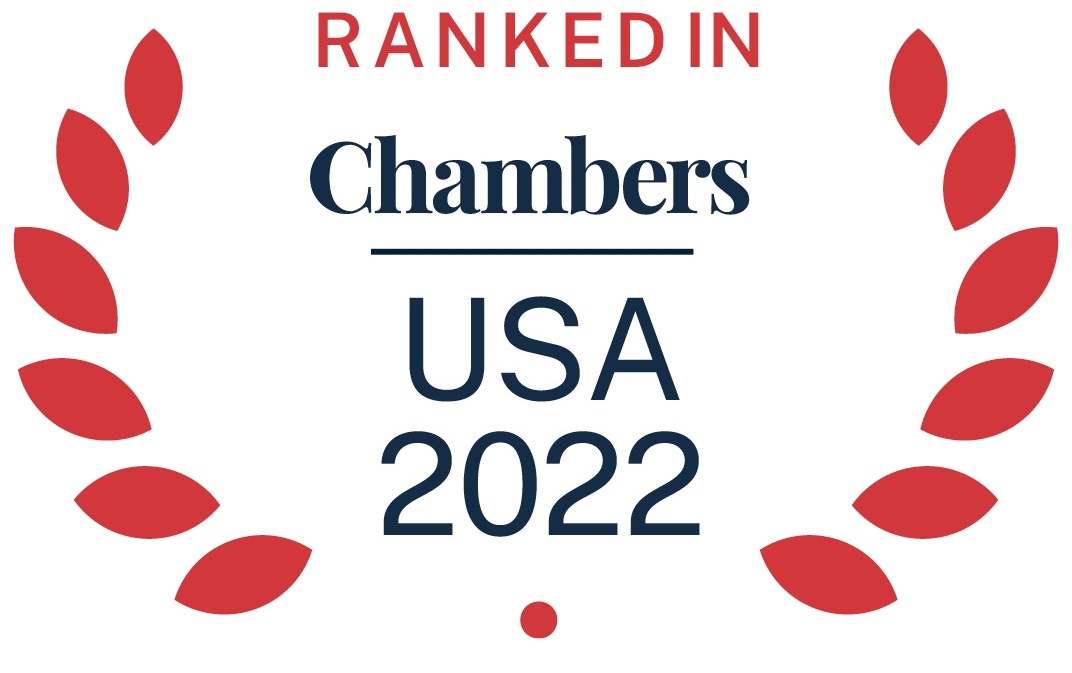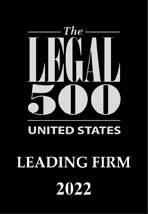The US Court of Appeals for the Federal Circuit affirmed a Patent Trial & Appeal Board obviousness finding, determining that the Board properly applied the patentee’s lexicography in construing a disputed claim term and properly treated arguments raised by the parties in the reply and sur-reply briefings. ParkerVision, Inc. v. Vidal, Case No. 22-1548 (Fed. Cir. Dec. 15, 2023) (Prost, Wallach, Chen, JJ.)
Intel filed a petition for inter partes review of a patent owned by ParkerVision. The challenged patent is directed to wireless local area networks (WLANs) that use frequency translation technology and incorporate another patent that describes down-conversion utilizing down-converter modules. The challenged claim is directed to apparatuses for down-converting electromagnetic (EM) signals. Among other things, the claim recites “wherein said first and said second frequency down-conversion modules each comprise a switch and a storage element.” The Board found the challenged claim unpatentable and in doing so, construed the term “storage element” to mean “an element of a system that stores non-negligible energy from an input signal.” The Board based its construction on the description of “storage modules” in a patent incorporated by reference into the challenged patent. ParkerVision appealed.
The Federal Circuit affirmed the Board’s construction, finding that ParkerVision had acted as its own lexicographer when it defined the term “storage element” in the incorporated-by-reference patent. The Court relied on a “critical” paragraph from the incorporated-by-reference patent that states: “[s]torage modules and storage capacitances, on the other hand, refer to systems that store a non-negligible amount of energy from an input EM signal.” The Court reasoned that the term “refer to,” together with the “as used herein” language from a preceding sentence, conveyed an intent for the sentence to be definitional and applicable to the whole patent rather than to a specific embodiment. To that end, the Court reiterated that a patentee may act as its own lexicographer by crafting a definition for a claim term rather than relying on the plain and ordinary meaning of that term, and that when a patentee does so, the definition may act as a disavowal of the full scope of the plain and ordinary meaning of the term.
ParkerVision also argued that the Board impermissibly relied on arguments allegedly raised for the first time in Intel’s reply brief, and that it erred in excluding certain arguments made by ParkerVision on sur-reply. The Federal Circuit rejected both arguments. The Court reasoned that because ParkerVision proposed a new claim construction in its patent owner response, Intel was permitted to argue and present evidence of obviousness under that new construction as long as such evidence relied on the same embodiments for each invalidity ground as were relied on in the petition.
The Federal Circuit also noted that ParkerVision’s arguments on sur-reply exceeded the scope of its patent owner response. While ParkerVision’s patent owner response proposed that the “storage element” be an element of the energy transfer system and store non-negligible amounts of energy from an input EM signal, ParkerVision only argued that the [...]
Continue Reading
read more

 Subscribe
Subscribe


